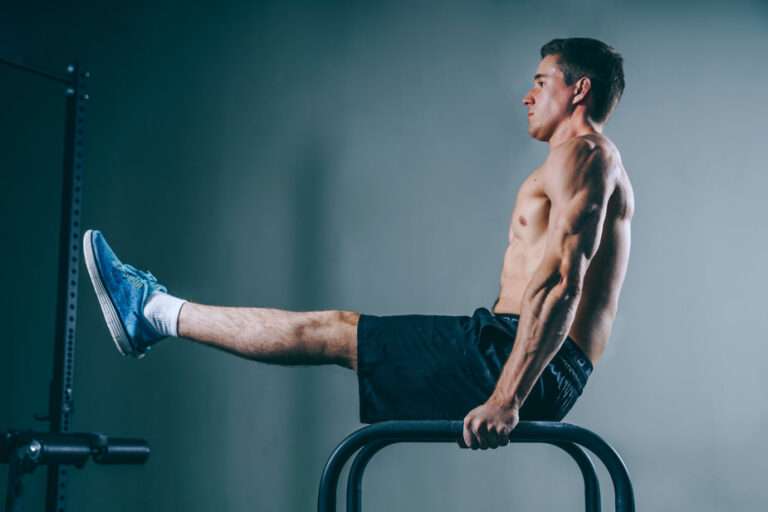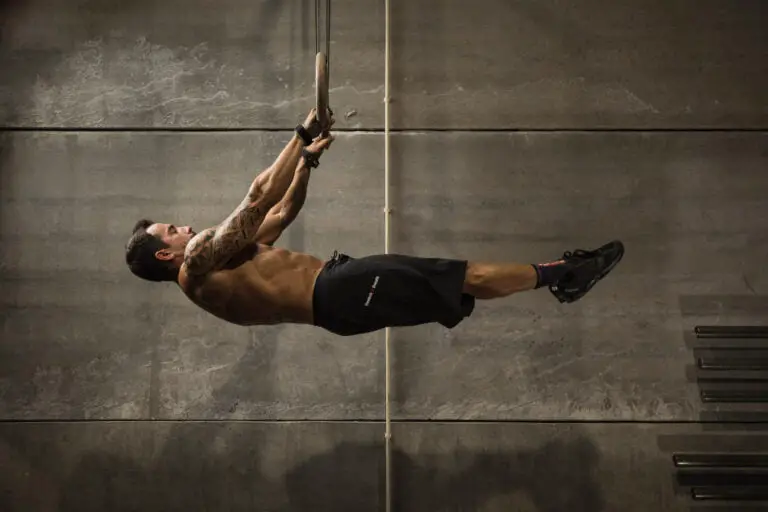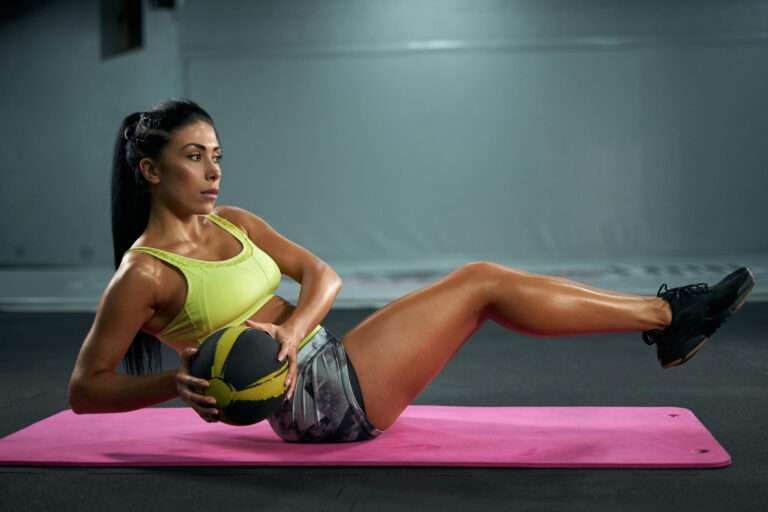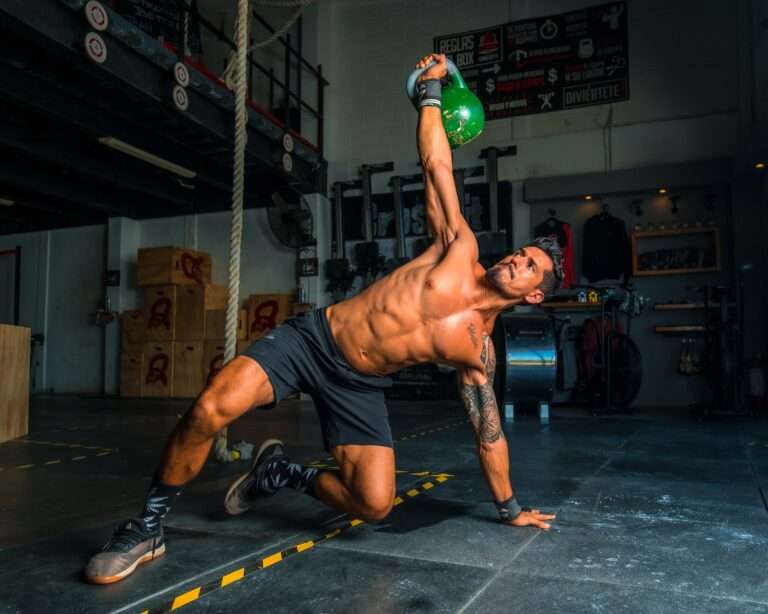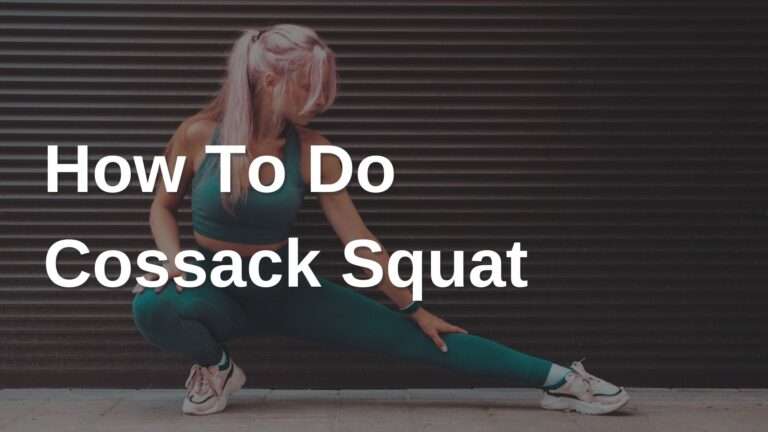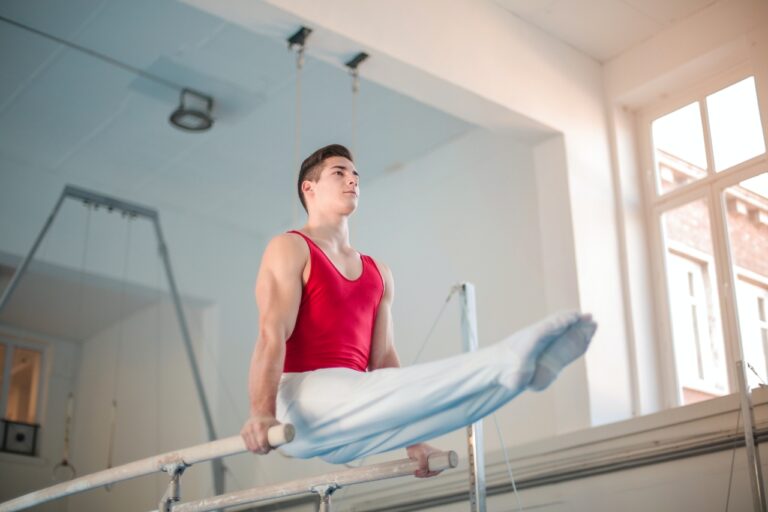Beginner’s Guide to Calisthenics Back Lever Progression
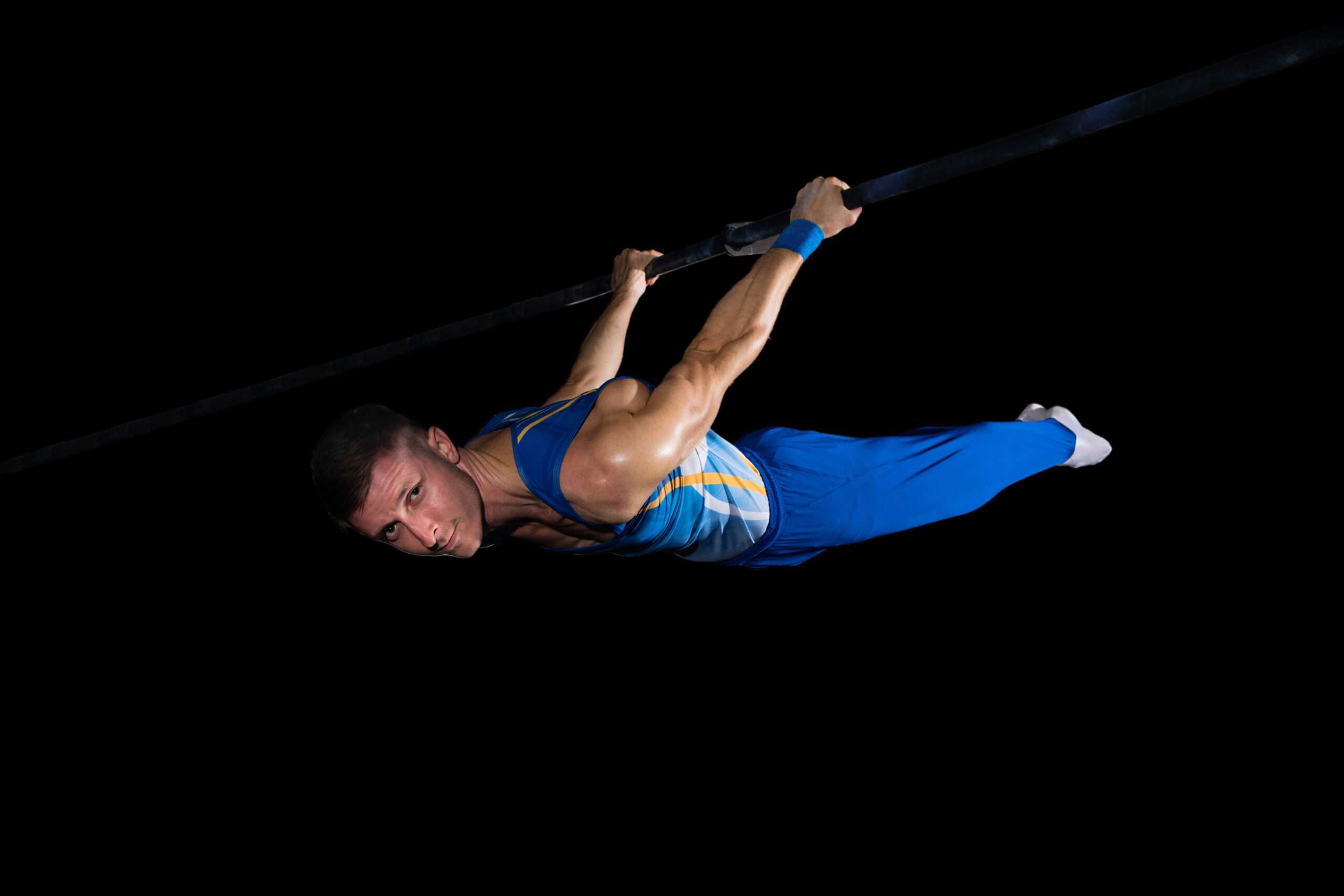
Calisthenics, the art of using one’s own body weight for resistance training, shows a wide range of impressive skills that push beyond the limits of physical fitness. The back lever is one of these amazing calisthenics skill, an example of extraordinary strength, balance, and beautiful body control that never fails to impress both fans and enthusiasts. In this detailed guide, we go deep into the world of calisthenics back lever progression. We will discuss the numerous advantages, the various stages of training growth, important advice, and crucial safety issues. This useful information will guide you on your journey to mastering the enthralling technique of the back lever.
Understanding the Back Lever
What is a Back Lever?
A Back Lever is like a superhero move in the world of calisthenics like Front Lever! It’s an incredible exercise where you suspend your body parallel to the ground while hanging from a horizontal bar. Imagine yourself floating horizontally, like a plank, but in mid-air.
Now, the trick here is to keep your entire body perfectly straight and level. This means from your head right down to your toes – all in a straight line. It’s like defying gravity!
What makes it even more amazing is the collaboration your muscles put in. Your upper back, shoulders, core, and lower back are all working together to keep you in that parallel position.
Why bother with a Back Lever, you ask? Well, it’s a fantastic way to boost your upper body strength and control. Plus, it looks pretty darn impressive when you nail it!
So, if you’re into calisthenics and up for a challenge that’ll turn you into a real-life superhero, give the Back Lever a shot. Just remember, like any hero, it takes practice and patience to master this epic move!
Also read: Calisthenics skills for beginners
Muscles Worked During the Back Lever
Mastering the back lever engages various muscle groups, including the following:
- Latissimus dorsi: These large, upper back muscles play a significant role in maintaining your body’s horizontal position.
- Shoulders: The deltoids and rotator cuff muscles stabilize your shoulders during the exercise.
- Core: The rectus abdominis and obliques work tirelessly to keep your body straight.
- Lower back: Erector spinae muscles help support your lower back and maintain spinal alignment.
Benefits of Incorporating Back Lever Progression into Your Calisthenics Routine
Incorporating the back lever into your calisthenics routine offers a wide range of benefits, making it a valuable addition to your training regimen. Here are some of the key advantages:
1. Upper Body Strength:
The back lever primarily targets the muscles of the upper body, including the latissimus dorsi, shoulders, and core. As you progress in the exercise, you’ll develop impressive upper body strength, which can improve your performance in other calisthenics movements like pull-ups, dips, and handstands.
Also read: How to do front lever
2. Core Strength:
Maintaining a straight and horizontal position during the back lever requires significant core strength. This exercise effectively works your rectus abdominis and oblique muscles, helping you develop a strong and stable core.
3. Improved Shoulder Stability:
The back lever demands proper scapular engagement and shoulder stability to maintain form. As a result, you’ll strengthen your shoulder muscles and reduce the risk of shoulder injuries in other activities.
4. Enhanced Body Control and Balance:
Achieving and maintaining a horizontal position in the back lever requires precise body control and balance. These skills can transfer to other calisthenics exercises and even improve your overall balance in daily life.
5. Increased Flexibility:
To perform the back lever, you need sufficient flexibility in your hamstrings and shoulders. As you work on this exercise, you’ll likely see improvements in your flexibility, which can benefit your overall mobility and reduce the risk of injury.
6. Mental Toughness:
The back lever can be mentally challenging due to its demanding nature. As you progress through the stages and achieve this impressive feat, you’ll build mental resilience, patience, and determination, which are valuable qualities in both fitness and life.
7. Impressive Show of Strength:
Mastering the back lever is not only beneficial for your physical fitness but also serves as a remarkable display of strength and skill. It can be a source of personal achievement and a great way to impress others with your calisthenics prowess.
8. Variation and Progression:
The back lever offers a wide range of progression levels, from the beginner tuck position to the advanced full back lever and even the challenging one-arm variation. This versatility allows you to continuously challenge yourself and set new goals in your calisthenics journey.
9. Functional Strength:
The strength and stability gained from the back lever have practical applications in everyday life. Whether you’re carrying groceries, lifting objects, or performing various physical tasks, the increased strength and body control can be highly beneficial.
10. Enhanced Posture:
Strengthening the muscles responsible for maintaining an upright posture can help alleviate posture-related issues. A stronger upper back and core can contribute to better overall posture, reducing the risk of developing posture-related discomfort or pain.
Back Lever Training Requirements
Make sure you have the necessary physical and mental preparations before beginning back lever progress.
Physical Prerequisites
- Strength and Mobility Requirements: You should have a solid foundation in bodyweight exercises, including pull-ups, dips, and planks. Additionally, good shoulder and hamstring flexibility is crucial. Make sure you can perform the following before beginning the back lever progression:
- Pull-ups – 10-12 Reps
- Dips – 12-15 Reps
- Skin the cat – 8-10 Reps
- Toes to bar – 8-10 Reps
- Superman – 10-15 Reps
- Flexibility Considerations: Adequate hamstring and shoulder flexibility will help you achieve and maintain the horizontal position.
Mental Preparation
- Mindset and Mental Toughness: The back lever can be mentally challenging due to its demanding nature. Developing mental resilience and patience is essential for success.
Step-by-Step Progression
Beginner Stage
1. Tuck Back Lever:
- Begin with your knees tucked towards your chest while hanging from a bar.
- Maintain a straight back and gradually extend your legs as you gain strength.
- Hold the tuck back lever position for 20 Seconds.
Advantages of Starting with the Tuck Back Lever:
- Builds the fundamental strength and body awareness needed for more advanced stages.
Intermediate Stage
1. Advanced Tuck Back Lever:
- Extend your legs further, moving them away from your body while keeping them bent at the knees.
- Hold the advance tuck back lever position for 15-20 Seconds.
2. Straddle Back Lever:
- Widen your leg stance into a straddle position.
- Maintain a straight back throughout the exercise.
- Hold the straddle back lever position for 10-20 Seconds.
Advanced Stage
1. Full Back Lever:
- Achieve the full back lever by extending your legs fully while keeping your body parallel to the ground.
- Hold full back lever for 10-15 seconds.
2. One-Arm Back Lever (Optional):
- An advanced variation that involves holding the back lever with only one arm.
Common Mistakes and How to Avoid Them
- Rounded Back: Ensure your back remains flat and straight throughout the exercise.
- Lack of Scapular Engagement: Engage your scapulae to protect your shoulders and improve stability.
- Overreaching During Progression: Don’t rush through the stages; master each one before advancing.
- Neglecting Warm-Up and Mobility Work: Always warm up and perform mobility exercises to prevent injuries
Training Tips and Techniques
- Developing Grip Strength: A strong grip is essential; incorporate grip-specific exercises into your routine.
- Incorporating the Back Lever into Your Workout Routine: Plan your training to include back lever progressions.
- Tracking Progress and Setting Goals: Keep a training log to monitor your progress and set achievable goals.
Safety Considerations
- Injury Prevention Strategies: Prioritize proper form and technique to reduce the risk of injury.
- Recognizing When to Rest and Recover: Listen to your body and allow adequate time for recovery.
- Seeking Professional Guidance if Needed: If you’re struggling with form or progressing safely, consider working with a calisthenics coach.
FAQs
Q1: Is the back lever suitable for beginners in calisthenics?
A1: The back lever is an advanced calisthenics exercise, and beginners may find it extremely challenging. It’s essential to have a solid foundation in bodyweight exercises, including pull-ups, dips, and planks, before attempting back lever progression. Start with easier exercises and gradually work your way up to the back lever.
Q2: How long does it take to master the back lever?
A2: The time it takes to master the back lever varies from person to person and depends on factors like your current fitness level, dedication to training, and consistency. It may take several months to a year or more to achieve a full back lever, so patience is key.
Q3: Are there any safety precautions I should take when training for the back lever?
A3: Yes, safety is crucial when training for the back lever. Always prioritize proper form and technique to reduce the risk of injury. Warm up thoroughly before each session, and incorporate mobility exercises to maintain flexibility. Additionally, listen to your body, and if you experience pain or discomfort, rest and recover as needed. Seeking guidance from a calisthenics coach or a qualified fitness professional can also help ensure safe progression.
Q4: Can anyone achieve a one-arm back lever?
A4: Achieving a one-arm back lever is an incredibly advanced variation and requires exceptional strength and control. While it’s theoretically possible for anyone to achieve with dedicated training, it may not be a realistic goal for everyone. Focus on mastering the basic and intermediate back lever progressions before considering the one-arm variation, and consult with a coach or trainer for personalized guidance.
Q5: How often should I train for the back lever?
A5: Training frequency depends on your fitness level and recovery capacity. As a general guideline, aim to train the back lever progression exercises 2-3 times per week, allowing for at least one rest day between sessions. Listen to your body, and if you feel fatigued or experience muscle soreness, give yourself adequate time to recover.
Q6: What should I do if I can’t progress to the next stage of back lever training?
A6: Plateaus are common in calisthenics training. If you’re struggling to progress to the next stage, consider reviewing your form and technique to ensure they’re correct. You may also want to adjust your training program by incorporating exercises that target specific weaknesses or seek advice from a qualified coach who can provide personalized guidance and feedback.
Q7: Can women also achieve the back lever?
A7: Absolutely! The back lever is not gender-specific, and both men and women can achieve this impressive calisthenics skill. It’s all about building the necessary strength, flexibility, and body control through dedicated training and progression.
Q8: Are there any prerequisites for attempting the one-arm back lever?
A8: Achieving a one-arm back lever requires an exceptional level of strength, balance, and control. Before attempting this advanced variation, ensure you have mastered the full back lever with ease and have developed a strong foundation in calisthenics and bodyweight exercises. Seek guidance from an experienced coach or trainer to determine if you are ready for one-arm back lever training.
Conclusion
Incorporating back lever progression into your calisthenics journey is a rewarding endeavor. It not only enhances your strength but also demonstrates your dedication to mastering this impressive skill. Remember, patience and consistency are your allies on the path to achieving a flawless back lever. So, go ahead, challenge yourself, and unveil the incredible benefits of this captivating calisthenics exercise.

